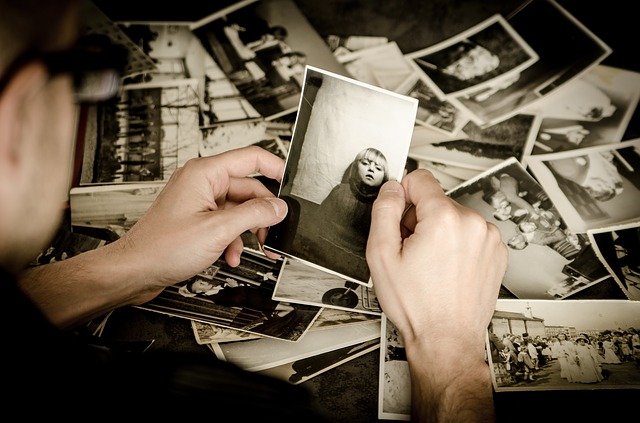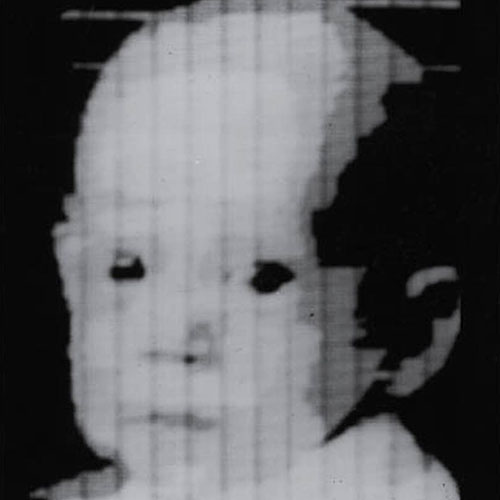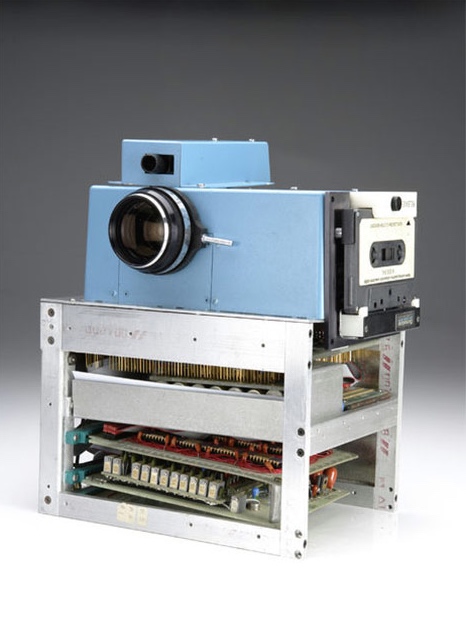The history of photography has its antecedents since the beginning of time. Human beings have been interested in representing and manifesting themselves visually by transmitting a message or information , as cave paintings were originally.
Later in the 15th century, evolving its graphic and technical representation led us to know painting on canvas where the painter was in charge of making the pictorial representation, however, this art It took a long time to complete, that need led us to improve and experiment with how to represent an image, starting from this point as a reference for the history of photography.
In the following article we will investigate the entire historical journey of photography . From its origin as the daughter of painting to the present day.
Background
The initial approach for the history of photography is the camera obscura which consisted of a totally closed bedroom with a small opening through which it would enter a tiny amount of light, projecting on the wall the image of the outside in a totally inverted way. By placing a light-sensitive material on the interior wall, an attempt at temporary photography is achieved since it did not last, since with the passage of days it was erased from the substrate.
In 1826 Joseph Niépce improved the operation of the camera obscura by placing a plate made of bitumen, also known as tar or asphalt, which would harden with the contact of light, after 8 hours of sun exposure, he obtained an image of the patio where he lived and was called ” Point de vue du Gras ” and is considered the first f o t o g r a f í a of the world and the history of photography.
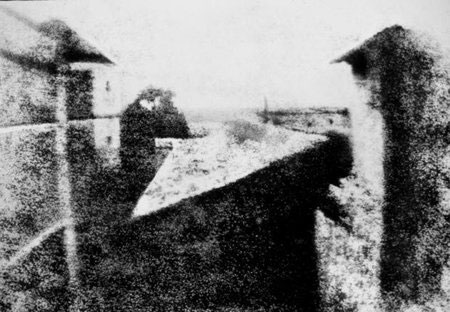
The Origin of the Word Photography
This word “Photographie” was initially developed in the French language in 1832 by François Raymond, but with the definition of light. Romuald Florence was the one who used it in 1834 with the definition of image reproduction . And then it was used in the English language as “Photography” and was documented by John Herschel in 1839.
The First Photographic Processes
Louis Daguerre substituted bitumen for copper plates with a silver layer, improving the process, with an exposure time of about 10 minutes . This was officially communicated in 1839 in Paris where around a year about 500,000 daguerreotypes were made.
Naming it in his honor as a daguerreotype, these began to spread very quickly since by then they were cheaper and began to become popular in the bourgeois class of the industrial revolution, remaining as great reference within the history of photography.
Later Henry Fox Talbot would contribute to the history of photography his discovery “light-sensitive paper” , this process was baptized as Calotype, and it is the first to generate a photographic negative that could later be duplicated as many times as necessary to make copies of that photograph, in the case of the daguerreotype it only generated a single positive.
From 1855, other photographic procedures began to emerge, among them the system of wet collodion negatives , which allowed many copies to be made in Albumen paper, with great detail and a wide range of tones, which began to displace the daguerreotypes.
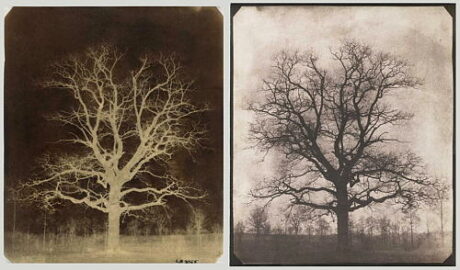
Color Photography
During the 19th century photographs were colored manually, painting over them with watercolors, oil, and other pigments , however this colored manual was artistic and not direct from the photographic. Some preferred to keep them in black and white since coloring their portraits had an extra cost, in some countries this photographic coloring technique was used mainly to market a popular landscape and cities to tourists as it was in Japan.
An exponent of the color of photography was the Japanese photographer Kusakabe Kimbei, who stood out for having done a great job as a colorist or illuminator of photographic positives within the history of photography. .
In the history of photography, color emerged in 1861 after James Clerk Maxwell took 3 consecutive photographs with a red, blue and green filter to later be able to superimpose them . From this superposition, the brain is in charge of creating and interpreting the other colors.
This achievement by Maxwell was due to his classical theory of electromagnetism in which he explains that the behavior of light, electricity and Magnetism is based on the same phenomenon that is the electromagnetic field.
The next to contribute to the history of photography were the Lumiere brothers, improving and patenting the first color photographic plate in 1903 . They were crystalline plates which were called Autochrome, these plates supplied the markets until 1907 and were made in France, this process was based on a mesh with dots that had the three elemental colors to form a whole range of color.
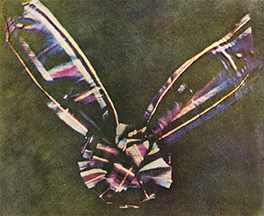
Photographic Revolution
Another event for the history of photography was in 1880. Some plates emerged with a photographic process called gelatin-bromide which could be commercialized industrially without any impediment, since photographers acquired their packages of blank plates previously sensitized and ready to be loaded in their chassis and used in the camera.
Kodak’s contribution to the history of photography completed the transition to instant photography . Starting in 1888, Kodak released a camera that used reels of rolled film, instead of flat plates, this system invented by Kodak had a great slogan which said “You. press the button and we will do the rest » which began to attract many people who are fond of photography, thus becoming popular and generating many sales.
1925 the flash lamp by Paul Vierkotter was created , this prototype consisted of having magnesium powder with a tiny amount of oxygen and the way to activate the flash was with an electric spark and then in 1931 to improve the operation of the flash over its strobe operation, the reusable electronic flash arises.
One more step in the history of photography was in 1947, the year in which instant cameras emerged, the first in the history of photography that did not need developed, better known as Polaroid camera, invented by Edwin Herbert. This type of camera took 60 seconds to develop a photographic positive. and it became popular due to its wide use and applications, which made it a great success. Its easy handling was so efficient that it was even used by the military during World War II.
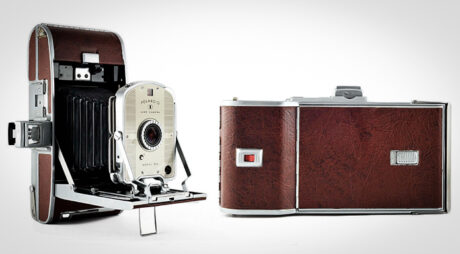
Digital cameras
The next revolution in the history of photography began with the arrival of digital cameras, which are not preserved on film but at the time of taking the photo. stored on a memory card, and now the image is saved as a digital file where later on a computer you can download it and carry out digital retouching or photo editing.
In 1957 with the help of a proto-scan which would convert images into binary information of 0 and 1, Russell Kirsh managed to create the first digital image using a photograph of your child , providing a significant advance in the history of photography.
The first digital camera in the history of photography was invented in 1975 and the sensor it had was 0.01 Megapixels, this invention is attributed to Steve Sasson, the photographic speed of this camera was not too high since it took approximately 23 seconds to be able to take the shot, its size was too large for what we know today as a digital camera.
In the 90s, digital cameras were revolutionized in improving resolution, increasing their pixel capacity, reaching up to 3 megapixels. As of 2002, the cameras have sensors that exceed 6 megapixels, having a constant and rapid evolution.
An important and highly relevant factor that made digital cameras popular was the fact that they no longer had to pass or be processed in a laboratory, and the fact that they have become snapshots and can be viewed after taking the photo.
Photography Today
Originally the photograph could not be manipulated , which made it have a total unquestionable credibility due to the process as were obtained. Nowadays technologies have the ability to overwrite in the image registry , to the point of manipulating and distorting them without losing coherence and photographic realism of the image with which they were captured.
Image manipulation programs are now the protagonists these days, like this with photographic retouching, image fusion, or the creation of holography and all effects that can surprise us and make our photos incredible .
Today thousands of photographs are taken daily and shared on digital platforms where they can have a great reach, the technological advance applied to photography is increasingly impressive, since Now we can take a photo with 360 angles.
Lately, analog cameras are disappearing due to the advent of digital cameras and now mobile devices have a great capacity to take pictures, today we know that more photographs are taken than ever before. What will be the new direction of photography? What will be the next event in the history of photography?
Knowing the history of photography as professional photographers helps us understand where does photographic art come from, its evolution, changes and where it is headed. This allows us to better position ourselves as professionals, understand current trends and give continuity to this exciting art that accompanies us now more than ever thanks to technology in our daily lives.

